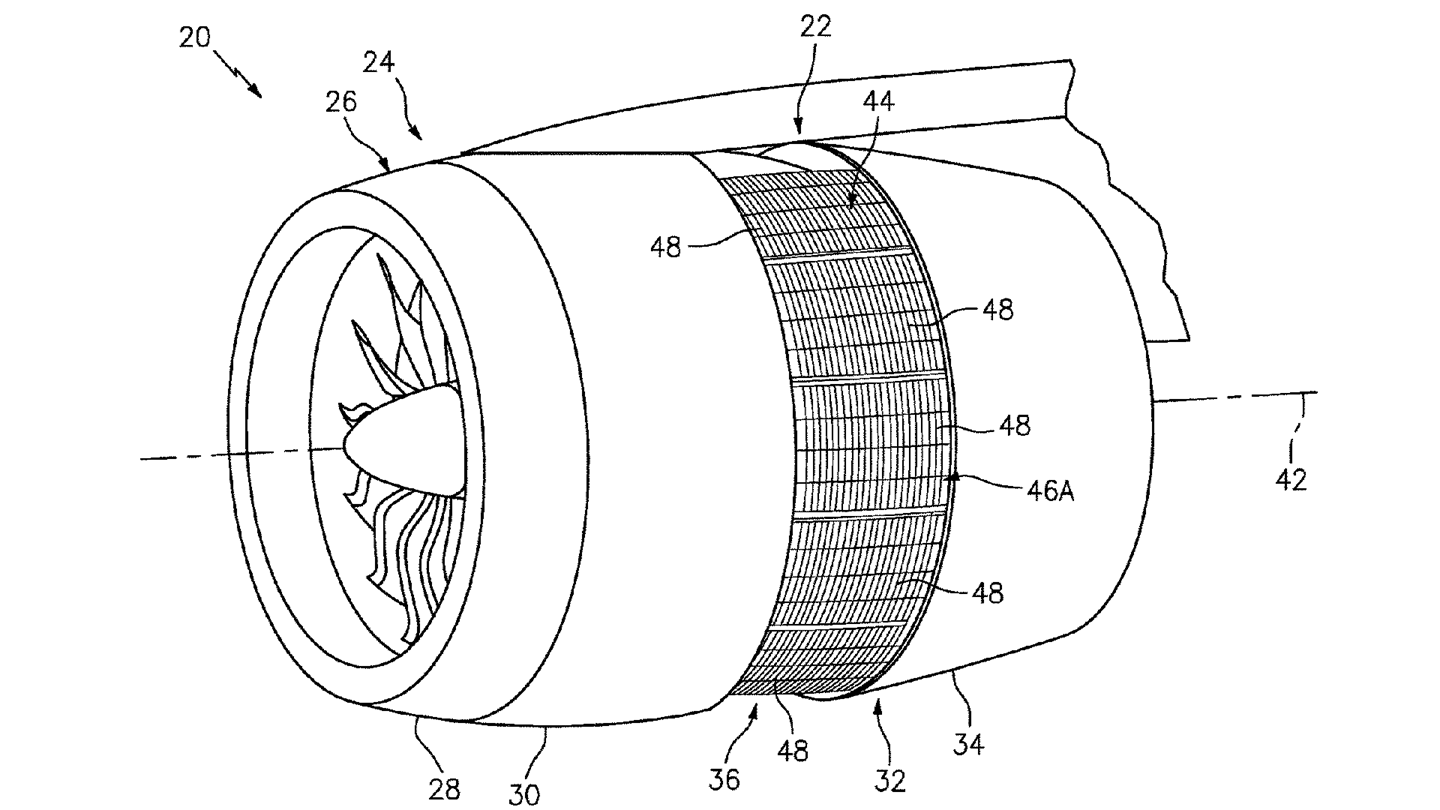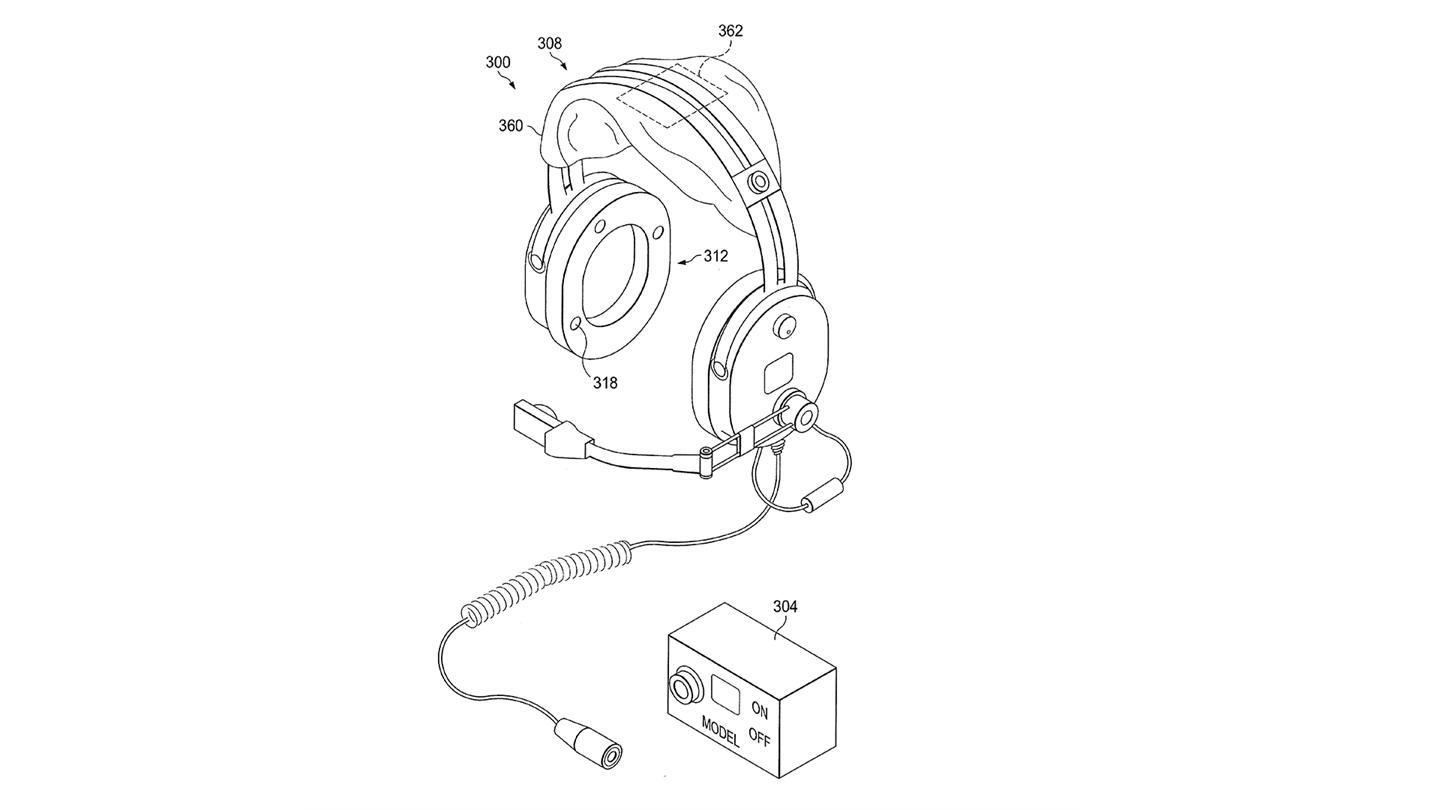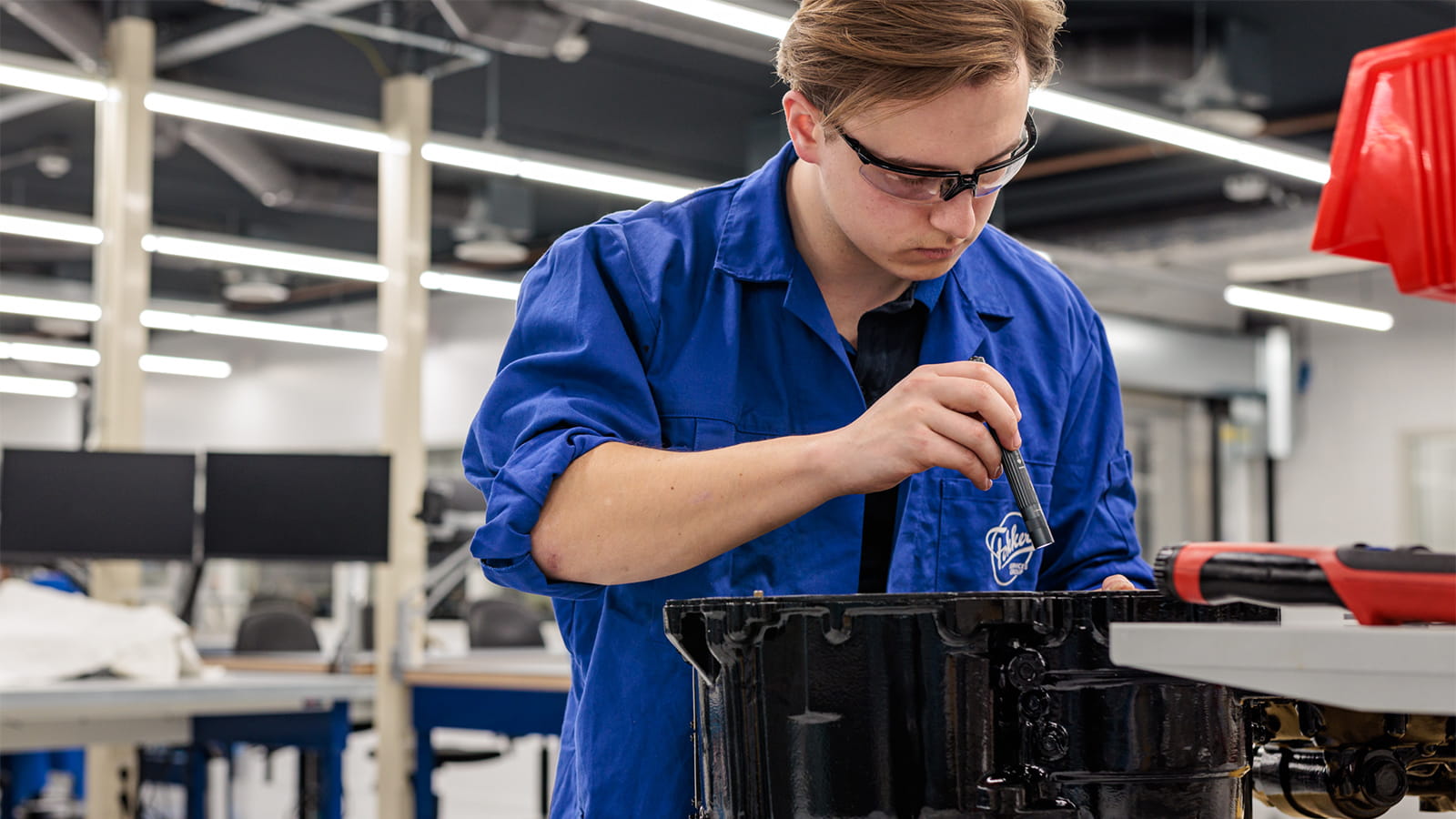Inventions in Aerospace: The Women Behind The Patents
Around the world and throughout history, women inventors have contributed to many of the technologies we use today. While the number of women who receive credit for those contributions in the form of patents has traditionally been low, there has been some progress.
A 2020 report from the United States Patent and Trademark Office shows moderate growth in the number of women who apply for and hold patents -- and in that spirit, we're sharing the stories of two women who are working to make advances in aviation.
An innovation in aircraft landings
It takes a lot of technology to land a plane.
Aircraft rely on a combination of brakes, spoilers and thrust reversers to slow down safely and come to a stop.
And as with any technology, there’s always room to improve – either in the performance of the product itself, or in the process of making it.
And that’s where principal engineer Jennifer Davis has found a niche. She has been awarded a patent on a novel manufacturing approach for thermoplastic cascades, the complex vent-like structures that redirect airflow and help decelerate aircraft efficiently.
“Most of my patents deal with solving the difficulties of manufacturability,” said Jennifer. “Many of the parts we make are very complex, and my patents aim to solve these challenges by finding simpler, more robust ways to design, manufacture and build new aircraft technology.”
And she’s not stopping there; she has 14 more patents in process with the patent office.
Helping air traffic controllers stay alert
Air traffic controllers have it tough. They work long hours and need to keep a sharp, constant focus on what’s happening in the skies – often leading to drowsiness and fatigue.
Principal engineer, Julie Strickland, recognized that was a problem technology could help solve. So, she and her team found a way to do it. Julie and her colleagues now hold a patent for a set of technologies that can tell when controllers are nodding off and alert them to stay awake.
“My team and I realized that if we could monitor their vitals, we could predict when they were falling asleep,” she said. “Since they wear headphones, we saw an opportunity to embed sensors in their ear cuffs that sound an alarm to wake them up.”
She holds two additional provisional patents and has 15 pending in areas including the advancement of aviation and space exploration.
Inspiring creativity
As we wrap up Women’s History Month, we’re proud to celebrate women innovators across our industry and encourage women inventors everywhere to keep inspiring, creating, and innovating new technology of the future.




